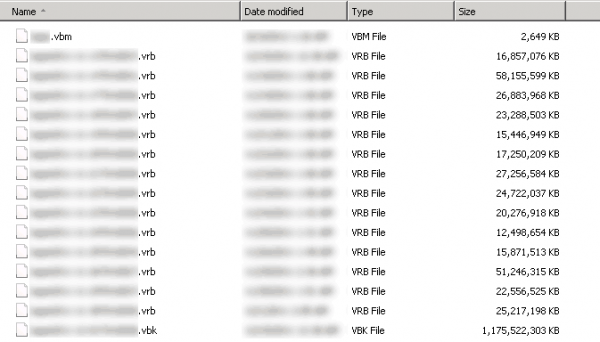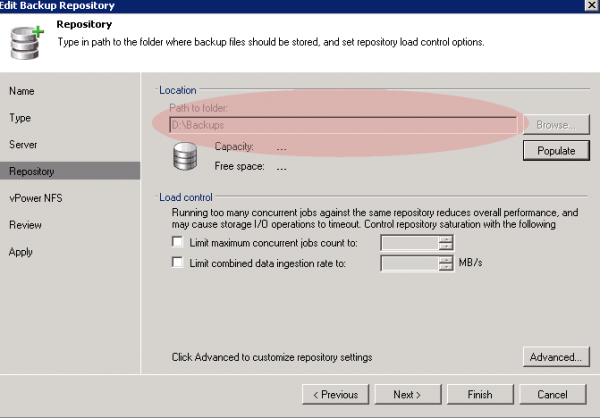OVERVIEW
As a server administrator I frequently install anti-virus programs for safe measure. Since many programs use unique extensions that are sometimes flagged as a virus, I always research and set up exclusions to be safe. I am not aware of any official documentation that exists for AV exclusions with Veeam, however since I frequently back up servers with Veeam, I want to make sure my AV programs do not accidentally flag my Veeam backups. I have verified both methods listed below with a Veeam tech in approximately February 2012 for good measure.
INSTRUCTIONS
Every centrally managed AV program such as SEP, ESET, Trend Micro, etc. has the option to set up AV exclusions; to avoid resource taxing via scanning Veeam backups, there are two different ways you can set up exclusions.
Method 1: Set up Exclusions by File Extension
The file extensions that Veeam uses are listed below:
- .vbm (Backup Metadata File)
- .vrb (Reversed Increment Backup File)
- .vbk (Full Backup File)
- .vib (Increment Backup File)
You can verify these are the file types by going straight to your backup repository and seeing what files Veeam creates. Example shown below.

Method 2: Set up Exclusions by Repository Location
Method 2 is that you can exclude the path to your backup repository. You can verify your repository/repositories’ location(s) by opening up Veeam, and looking in the Backup Repository section.

You can see the full path on the right for the example provided below.
![]()
You can also find the path by configuring the properties of your repository then clicking on the Repository tab.

If you would like to find out more about Veeam Backup and Replication, you can visit their homepage at http://www.veeam.com/.

